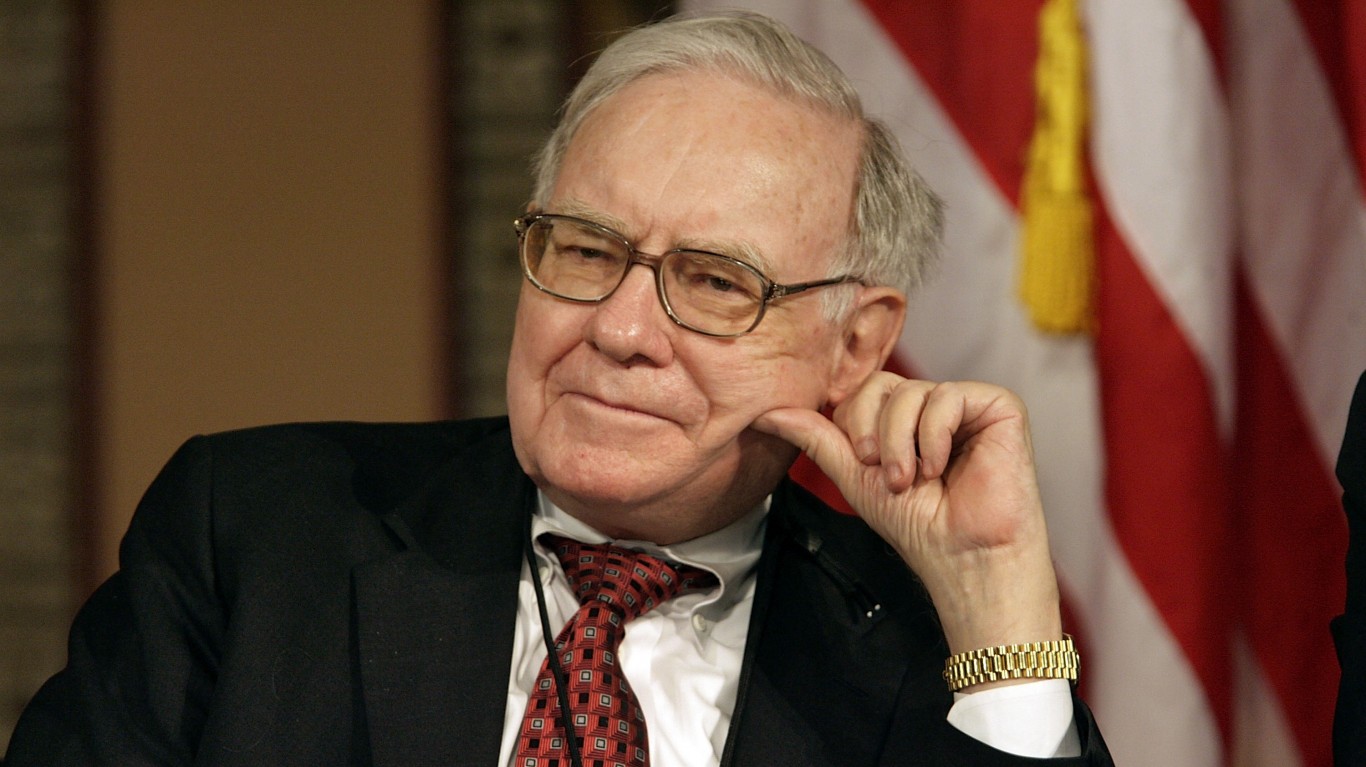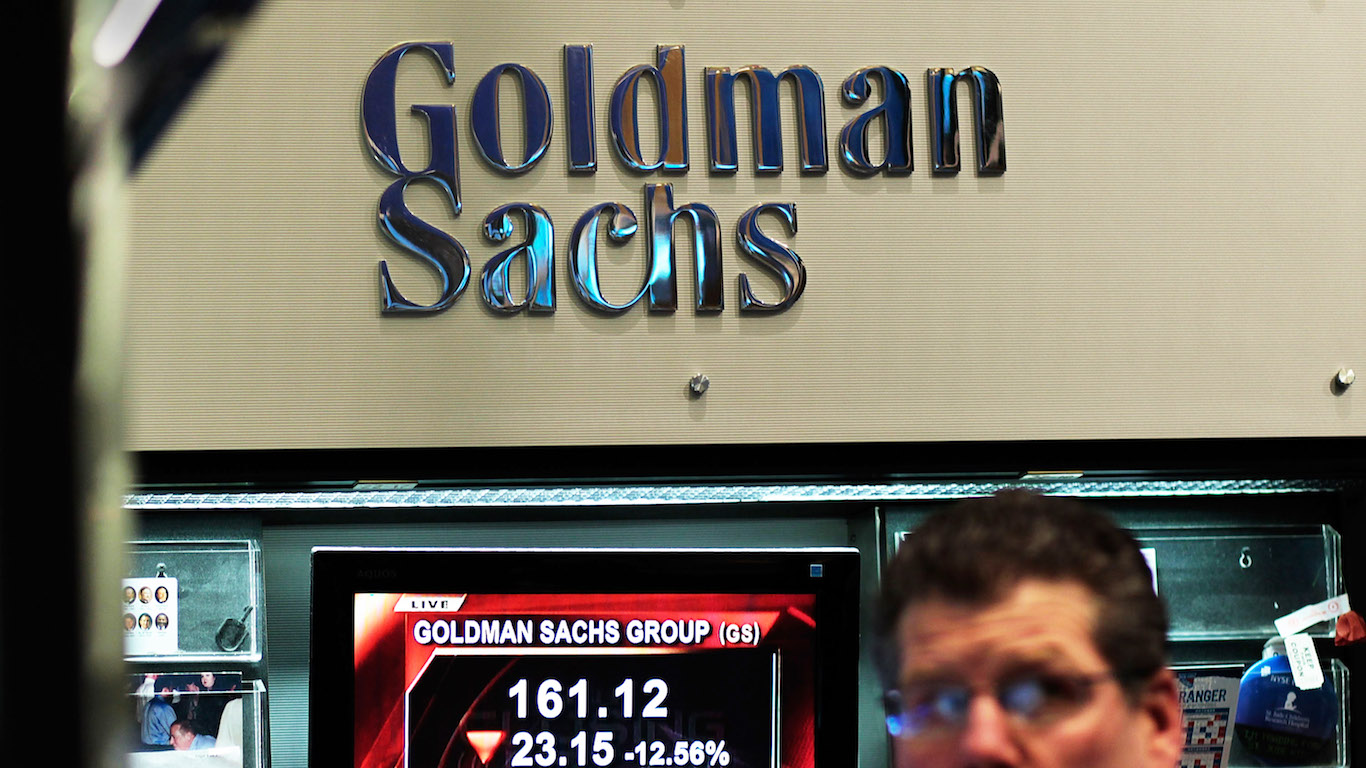
One of the best ways to fund a comfortable retirement nest egg is by buying dividend stocks. Numerous studies show that over time, companies that pay dividends handily outperform non-payers.
24/7 Wall St. Insights:
-
Buying dividend growth stocks is one of the best ways to accumulate wealth, and Dividend Kings are stocks that have raised their dividends for 50 consecutive years.
-
That’s not enough to warrant buying because even dividend royalty can and do cut their payouts when their businesses run into extreme difficulty.
-
The two Dividend Kings below are now trading at multi-year lows, which could be an excellent time to buy — or to run away!
-
4 million Americans are set to retire this year. If you want to join them, click here now to see if you’re behind, or ahead. It only takes a minute. (Sponsor)
Even better are those that consistently raise their payouts. J.P. Morgan Asset Management found stocks that initiated and then raised their dividends over a 40-year period between 1972 and 2012 returned an average of 9.5% annually, versus just 1.6% by non-dividend-paying stocks.
Dividend Kings are companies that have increased their dividends every single year for 50 years or more. It’s a very rare business that can do so. Of the thousands of companies that trade on the market, there are only about 50 Dividend Kings.
But that doesn’t automatically make them a buy. You still need to do your due diligence on this list of elite dividend royalty.
There have been several examples in just the past year of Dividend Kings that ended up cutting their payouts: Walgreens Boots Alliance (NASDAQ:WBA), 3M (NYSE:MMM), and Leggett & Platt (NYSE:LEG) all slashed their dividend payments by 50% or more.
The two stocks below are Dividend Kings that are currently trading at multi-year lows. This could be a warning sign that something is seriously amiss with their businesses that might herald a coming dividend cut, or it could be an excellent opportunity to scoop up shares of solid, but deeply discounted companies. Let’s dive in to see which might be a buy, if any.
Archer-Daniels-Midland (ADM)

Grains processor Archer-Daniels-Midland (NYSE:ADM) has paid dividends for 93 consecutive years and last week it raised it again for the 52nd straight time. Yet ADM stock has been steadily sliding since last summer and has lost a fifth of its value over the past six months. It trades at around $46 per share, a level it hasn’t seen since 2020.
Much of ADM’s woes were tied to inflation and that hiked the cost of commodities, which lowered its operating profits and cash flows. Yet Archer-Daniels-Midland has issues of its own as projects it has invested in over the years have not been profitable. Its return on invested capital has been poor. Although it has targeted a 10% ROIC, last year its trailing average was 6.7% while its long-term weighted average cost of capital (WACC) is 7%.
When ROIC is lower than WACC, a company is not earning enough on its investments to cover the cost of capital, a yellow flag that a company may be destroying value. ADM is cyclical, so it can ebb and flow, but it’s something for investors to watch.
It’s also notable that ADM only raised its dividend 2% this time, far below its five- and 10-year average of 7% or more. As management wants to be conservative in its capital allocations, we may also see fewer share buybacks.
Despite wanting to buy cyclical stocks at the bottom of their cycle, Archer-Daniels-Midland may have macroeconomic issues it can’t control, especially with trade policy so uncertain. I wouldn’t be a buyer yet.
PepsiCo (PEP)

Beverage giant PepsiCo (NASDAQ:PEP) is the second Dividend King trading at a four-year low. It has paid quarterly dividends since 1965, some 60 years, and has raised its payout for the past 53 of them.
Pepsi has fallen 23% since its all-time high in July 2023, though its downturn has accelerated in recent periods as consumer interest about health issues increase.
Chairman and CEO Ramon Luis Laguarta told analysts on its earnings conference call last week, “And this is driven by potentially all the conversation around obesity drugs, but also other conversations that are happening around the space on health and wellness.”
To address these concerns, Pepsi’s portfolio of drinks and food (it owns both Frito-Lay and Quaker Oats) has evolved over time to include more products with lower sodium, lower fat, lower sugar, healthier ingredients, plant-based protein, and whole grains.
Yet revenue growth has slowed as has profitability. Its 10-year compounded growth rate has been 3% and 4%, respectively. In more recent periods, though, it has increased faster at about 6.5% and 5.5%, respectively, which is hopeful. In 2024, though, sales were essentially flat and it is forecasting low-single-digit growth for 2025.
PEP stock trades at a discount to its historical P/E ratio and to rivals like Coca-Cola (NYSE:KO) and Monster Beverage (NASDAQ:MNST).
PepsiCo is a stock that could go either way for an investor. Long-term investors might want to buy in and wait for a turnaround to occur in a solid dividend grower. Those with a short investment horizon might want to stay on the sidelines.
Get Ready To Retire (Sponsored)
Start by taking a quick retirement quiz from SmartAsset that will match you with up to 3 financial advisors that serve your area and beyond in 5 minutes, or less.
Each advisor has been vetted by SmartAsset and is held to a fiduciary standard to act in your best interests.
Here’s how it works:
1. Answer SmartAsset advisor match quiz
2. Review your pre-screened matches at your leisure. Check out the advisors’ profiles.
3. Speak with advisors at no cost to you. Have an introductory call on the phone or introduction in person and choose whom to work with in the future
Thank you for reading! Have some feedback for us?
Contact the 24/7 Wall St. editorial team.







